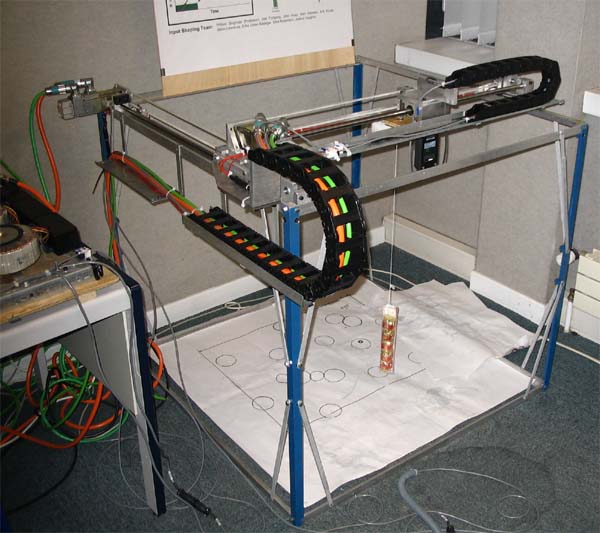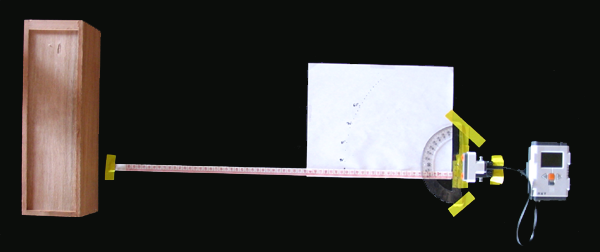 After much nagging from some of my friends, I’ve finally made the switch to Linux. I am starting to realize that the skill set I’m developing is rather substantial and worth documenting. I’ll be taking the time over the next weeks and months to document the software and operation skills that and I am learning. My goal is to provide a list of tasks I can accomplish in Linux and to keep a record of my actions so that I can quickly set up new machines with my preferences. I am not intending this to be a “how to” guide for anyone else, although it may provide some usefulness to someone starting out with Linux.
After much nagging from some of my friends, I’ve finally made the switch to Linux. I am starting to realize that the skill set I’m developing is rather substantial and worth documenting. I’ll be taking the time over the next weeks and months to document the software and operation skills that and I am learning. My goal is to provide a list of tasks I can accomplish in Linux and to keep a record of my actions so that I can quickly set up new machines with my preferences. I am not intending this to be a “how to” guide for anyone else, although it may provide some usefulness to someone starting out with Linux.
To start off, I have installed Ubuntu 8.10 on both of my home machines. Each new Ubuntu release is given a name and 8.10 is called Intrepid Ibex. I preformed both installs from a Live CD which allows me to run the OS from the CD-ROM without installing anything. I knew that I would enjoy it immediately so I chose to simply reformat both computers. Continue reading “Getting Started in Linux”


